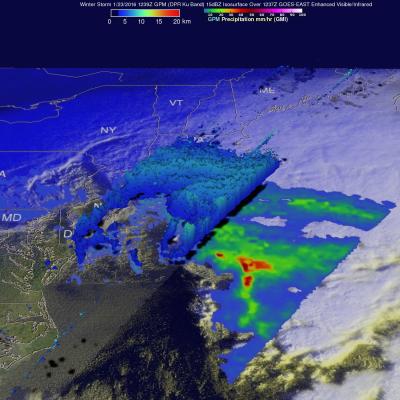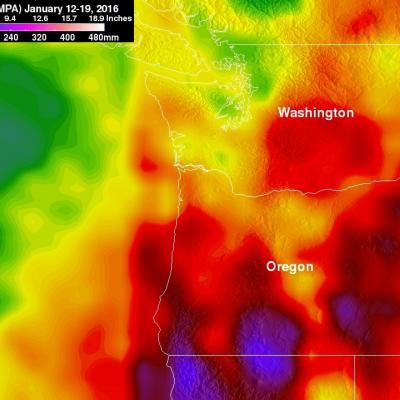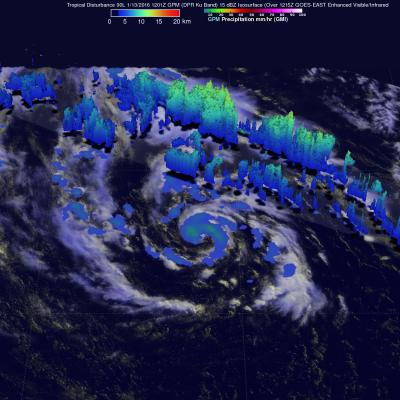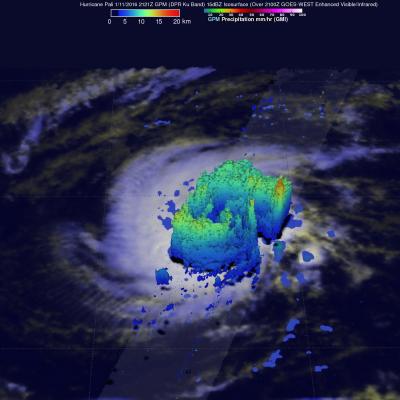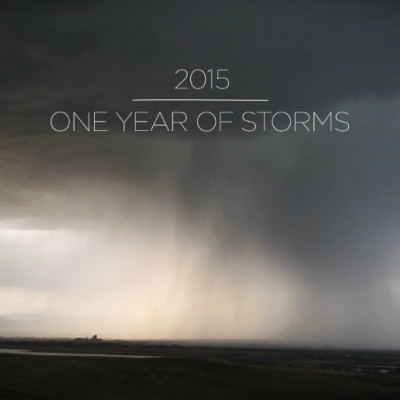GPM
Content which is affiliated solely with the Global Precipitation Measurement Mission.
Rainy Weather Over Pacific Northwest Measured From Space
Alex Becomes the Earliest Hurricane to Form in the Atlantic Since 1938
Rainfall Floods the Mississippi River
A series of winter storms brought more than 20 inches of rainfall to the Midwest and southeastern United States in December 2015. Massive flooding followed throughout both the regions. An animation of rainfall data from those storms was created at NASA's Goddard Space Flight Center in Greenbelt, Maryland.
GPM Views Atlantic Low Monitored By The National Hurricane Center
GPM Spots Hurricane Pali Forming
GPM 2015: One Year of Storms
As we enter the new year, take a look back at the snowstorms, tropical storms, typhoons, hurricanes and floods captured and analyzed by the Global Precipitation Measurement (GPM) mission from around the globe during 2015.
The complete list of storms by date and location are as follows:
1. New England Nor’easter – January 26 – New England, USA
2. Snowstorm – February 17 – Kentucky, Virginia and North Carolina, USA
3. Tornadic Thunderstorms in Midwest – March 25 – Oklahoma and Arkansas, USA


